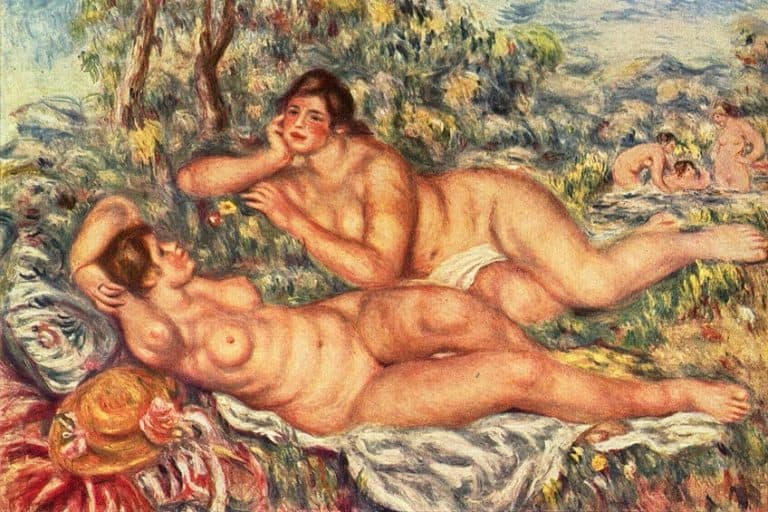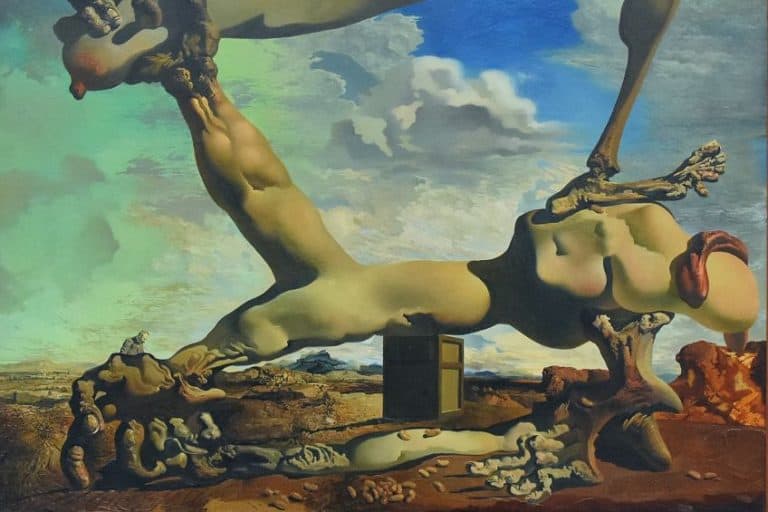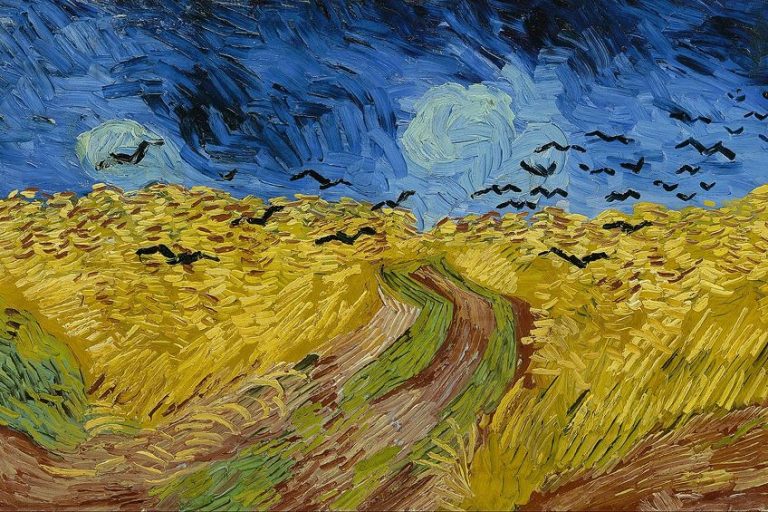“Girl Before a Mirror” by Pablo Picasso – A Detailed Analysis
Pablo Picasso’s Girl Before a Mirror stands as one of the most intriguing and complex paintings in the realm of Modern Art. Created in 1932, this oil on canvas reflects not only the artist’s innovative approach to visual representation but also serves as a personal commentary on transformation and self-examination. The painting is a vivid portrayal of his young mistress, Marie-Thérèse Walter, as she gazes at her reflection in a mirror. The contrast between the woman’s image and her reflection is a powerful vehicle for exploring themes of vanity, duality, and the passage of time. This article will conduct an analysis of the artwork, delving into its symbolism, composition, and historical context to unravel the layers of meaning embedded within Picasso’s masterpiece.
Key Takeaways
- Girl Before a Mirror is a principal work by Picasso that examines themes of self and identity within the movement of Modern art.
- Through vibrant colors and cubist styling, the painting conveys the complexity of perception and representation.
- The artwork holds a significant place in cultural and historical contexts, reflecting personal and universal themes in art.
The Genesis of the Masterpiece
| Artist | Pablo Picasso (1881 – 1973) |
| Date Created | 1932 |
| Medium | Oil on canvas |
| Genre | Portrait |
| Period/Movement | Modern art |
| Dimensions (cm) | 162.3 × 130.2 |
| Series/Versions | Unique piece |
| Where Is It Housed? | The Museum of Modern Art, New York City, United States |
| What It Is Worth | Estimated to be inestimable; considered priceless in value |
In 1932, Pablo Picasso created an iconic work of the Cubism movement, drawing from personal inspiration and showcasing a masterful use of oil on canvas. The piece not only reflects the era’s artistic exploration but also the intimate connection between the artist and his muse.

Inspirations Behind the Artwork
Picasso’s fascination with the multifaceted nature of reality is evident in Girl Before a Mirror. This painting represents a period in his career when he explored the Cubism style, breaking away from traditional representation to depict subjects from multiple viewpoints simultaneously.
The artwork is an oil on canvas, a medium that afforded Picasso the flexibility to layer and texture his complex vision.
Picasso’s Muse
The central figure in Girl Before a Mirror is Marie-Thérèse Walter, whose relationship with Picasso profoundly influenced his work during this period. As his mistress and muse, her visage and form frequently appeared in his art, embodying the emotional and personal realms of Picasso’s life in 1932. Through the mirror’s reflection, Picasso presents a duality—an intimate study of Walter’s identity and the roles she played in his life and art.
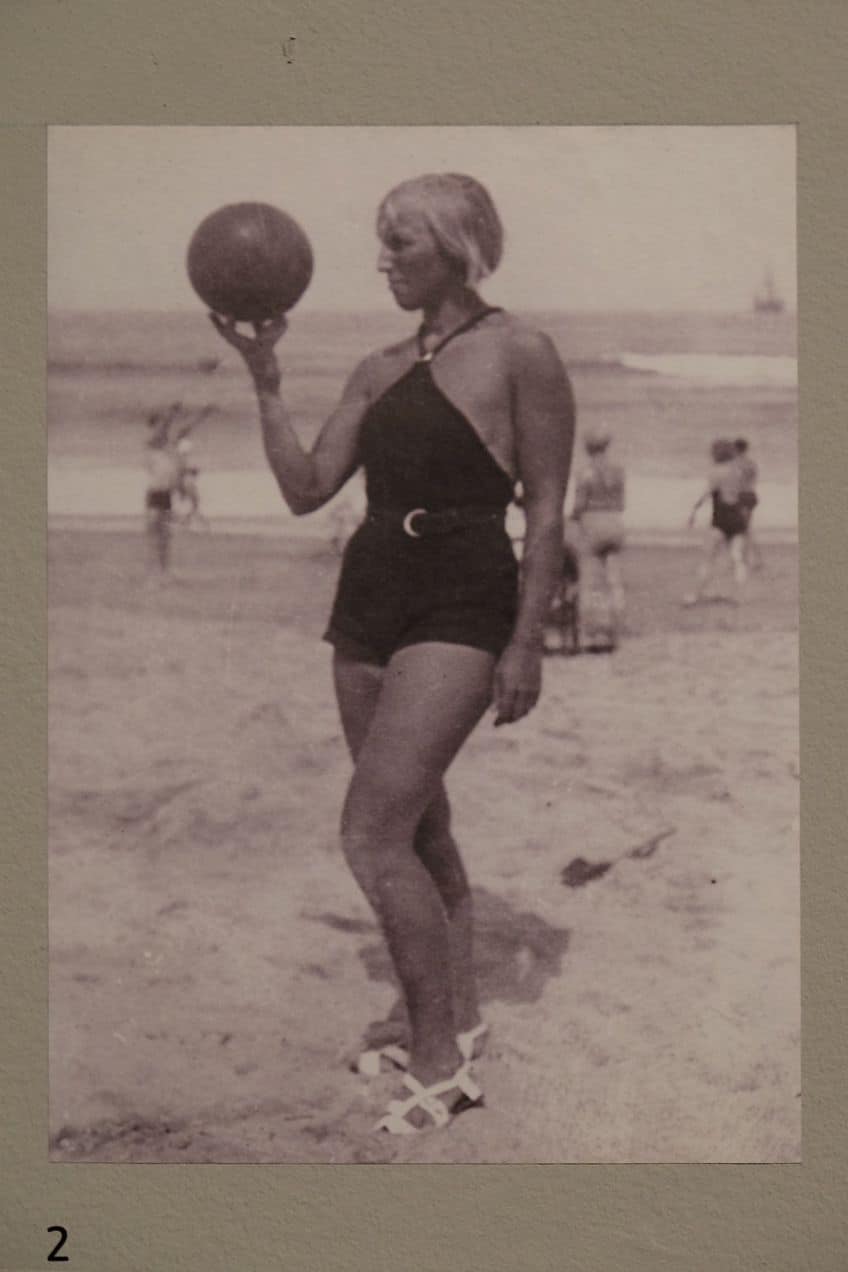
Formal Analysis
Pablo Picasso’s Girl Before a Mirror demonstrates a complex use of color, line, and cubist principles to scrutinize themes of self-reflection and duality. To truly understand and appreciate a work of art, it is important to learn about the use of color and line, the art movements that influence it, and the symbolic interpretation.
Below, we will take a look at each element within the artwork.
Use of Color
Picasso employs color to convey contrast and emotion. The left side of the painting, representing the girl’s day side, uses warmer colors like yellows and oranges, whereas the reflection incorporates cooler blues and greens, suggesting a nighttime persona. This dichotomy is accentuated by the bold use of color, distinguishing youth and vigor from the darker, more abstract reflection that could denote old age.
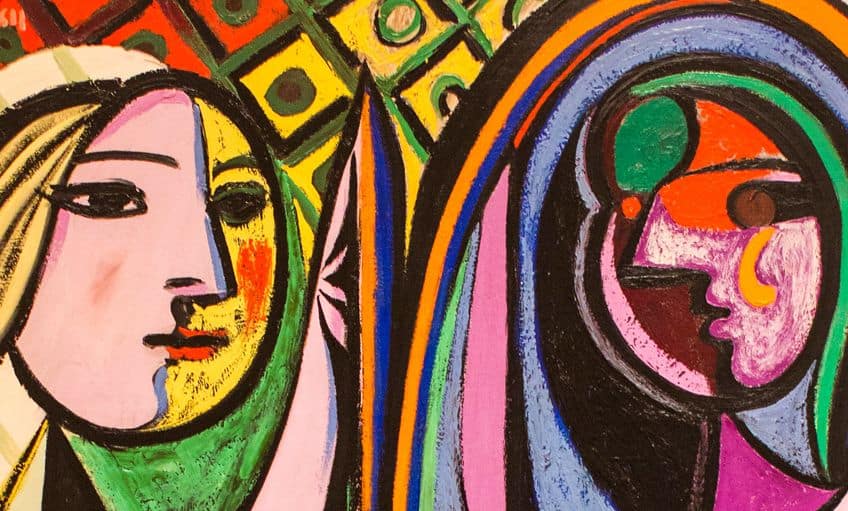
Use of Line
The painting features distinct lines that segment the forms, characteristic of Cubism. These lines not only define shapes but also create patterns that contribute to a sense of abstract form. They delineate the girl’s body and separate her profile from the reflection.
This creates a visible divide between the external image and internal perception.
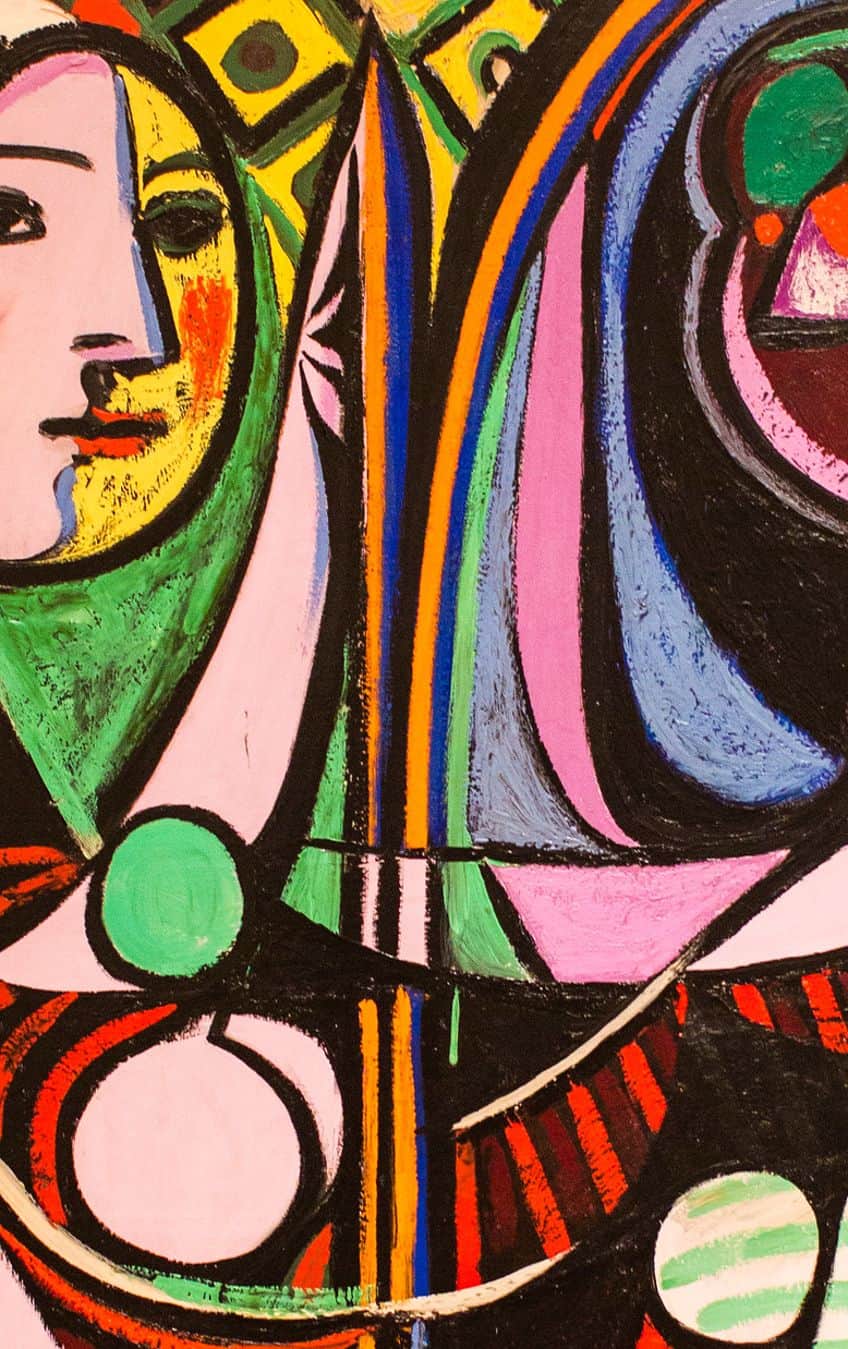
Cubist Influence
Cubism is evident not just in line but also in the fragmented depiction of the subject’s head and body. The face is split into halves, with one side as a typical profile view and the other showing a frontal perspective. Such manipulation of form advances the Cubist movement’s goal to represent subjects from multiple angles simultaneously. Pablo Picasso’s Girl Before a Mirror stands out as a masterpiece that encapsulates the transition within the art world from traditional Realism to Modernism.
This piece not only showcases Picasso’s innovative style but also marks its own space in the historical timeline of art.
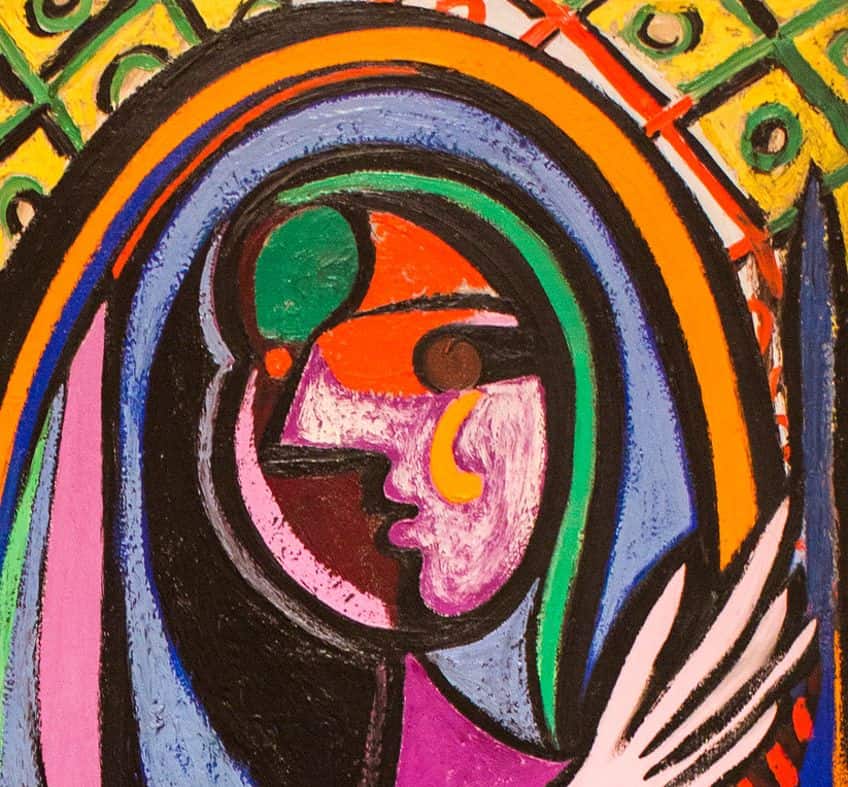
The Importance of This Painting
The mirror and reflection in the painting are powerful symbols, evoking a contemplation of self and the duality of the human experience – the contrast between light and dark, reality and perception. The mirror holds a reflection that differs from the girl’s actual form, offering a visual interpretation of the psychological split between her perceived and actual self. The artwork is a conversation between color, light, and reflection, which together encapsulate a narrative of change from youth to old age, from innocence to knowledge.

Exhibition and Ownership
Initially part of Pablo Picasso’s personal collection, Girl Before a Mirror found its way to the Museum of Modern Art (MoMA) in New York through various owners. As a part of MoMA’s collection since 1937, it was gifted by Mrs. Simon Guggenheim.
The painting’s stature and prominence have been reinforced through its continued exhibition in one of the most influential modern art museums in the world.
Influence on Modern Art
Girl Before a Mirror is a testament to Picasso’s role in shaping Modern art. Painted using oil on canvas, it reflects a distinct departure from Realism towards a more introspective and fragmented Cubist style. The painting’s influence can be traced in the exploration of form and the psychological analysis of the self that became prevalent in the works of later artists. Moreover, it echoes the thematic essence of another Picasso work, Le Rêve, highlighting his fascination with the subconscious and interpretation of reality.
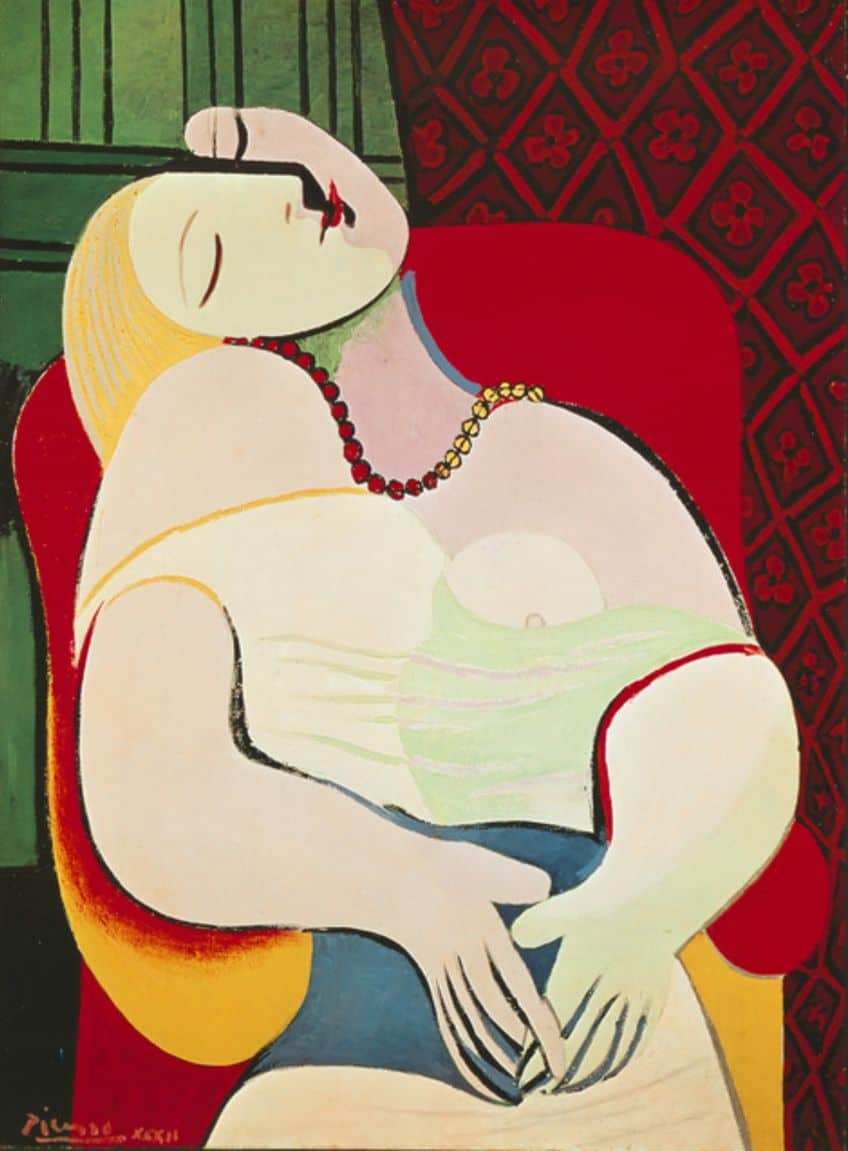
Pablo Picasso’s Girl Before a Mirror stands as a captivating exploration of identity, reflection, and transformation. Through its intricate symbolism and masterful composition, the painting invites viewers to contemplate the complexities of self-perception and the passage of time. As we unravel the layers of meaning within this iconic work of Modern art, we are reminded of Picasso’s enduring ability to provoke thought, evoke emotion, and challenge our understanding of the human experience through his timeless creations.
Frequently Asked Questions
How Does Girl Before a Mirror Reflect Elements of Surrealism?
While Girl Before a Mirror is primarily associated with Cubism, it also exhibits elements of Surrealism, particularly in its dream-like quality and exploration of the subconscious. The painting’s reflective concept challenges the viewer’s perception of self, a theme often visited in Surrealist art.
What Were the Artistic Influences for Picasso’s Girl Before a Mirror?
Picasso’s Girl Before a Mirror was influenced by the Cubist movement, which he co-founded. The fragmented form and the use of geometric shapes in the piece are indicative of this style. Additionally, African art’s influence on Picasso’s work is observed in the mask-like rendition of the faces.
How Does Girl Before a Mirror Fit Into the Broader Narrative of Picasso’s Work?
Girl Before a Mirror contributes to the narrative of Picasso’s personal life and the progression of his artistic style. The painting, featuring Marie-Thérèse Walter, reflects Picasso’s relationship with his muse and showcases his style’s evolution during his Cubist period. It is a pivotal piece that blends personal, emotive themes with avant-garde techniques.
Isabella studied at the University of Cape Town in South Africa and graduated with a Bachelor of Arts majoring in English Literature & Language and Psychology. Throughout her undergraduate years, she took Art History as an additional subject and absolutely loved it. Building on from her art history knowledge that began in high school, art has always been a particular area of fascination for her. From learning about artworks previously unknown to her, or sharpening her existing understanding of specific works, the ability to continue learning within this interesting sphere excites her greatly.
Her focal points of interest in art history encompass profiling specific artists and art movements, as it is these areas where she is able to really dig deep into the rich narrative of the art world. Additionally, she particularly enjoys exploring the different artistic styles of the 20th century, as well as the important impact that female artists have had on the development of art history.
Learn more about Isabella Meyer and the Art in Context Team.
Cite this Article
Isabella, Meyer, ““Girl Before a Mirror” by Pablo Picasso – A Detailed Analysis.” Art in Context. February 7, 2024. URL: https://artincontext.org/girl-before-a-mirror-by-pablo-picasso/
Meyer, I. (2024, 7 February). “Girl Before a Mirror” by Pablo Picasso – A Detailed Analysis. Art in Context. https://artincontext.org/girl-before-a-mirror-by-pablo-picasso/
Meyer, Isabella. ““Girl Before a Mirror” by Pablo Picasso – A Detailed Analysis.” Art in Context, February 7, 2024. https://artincontext.org/girl-before-a-mirror-by-pablo-picasso/.






